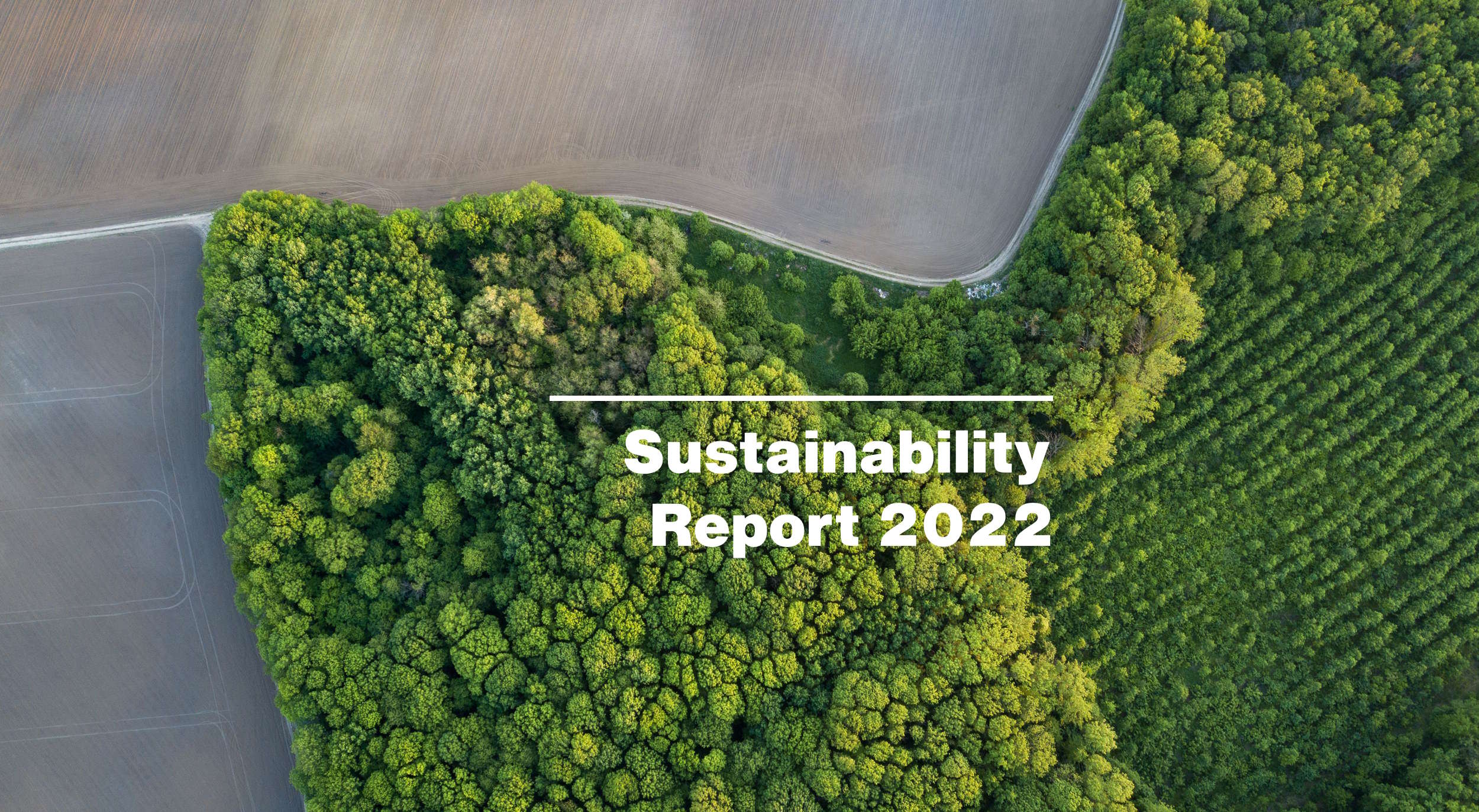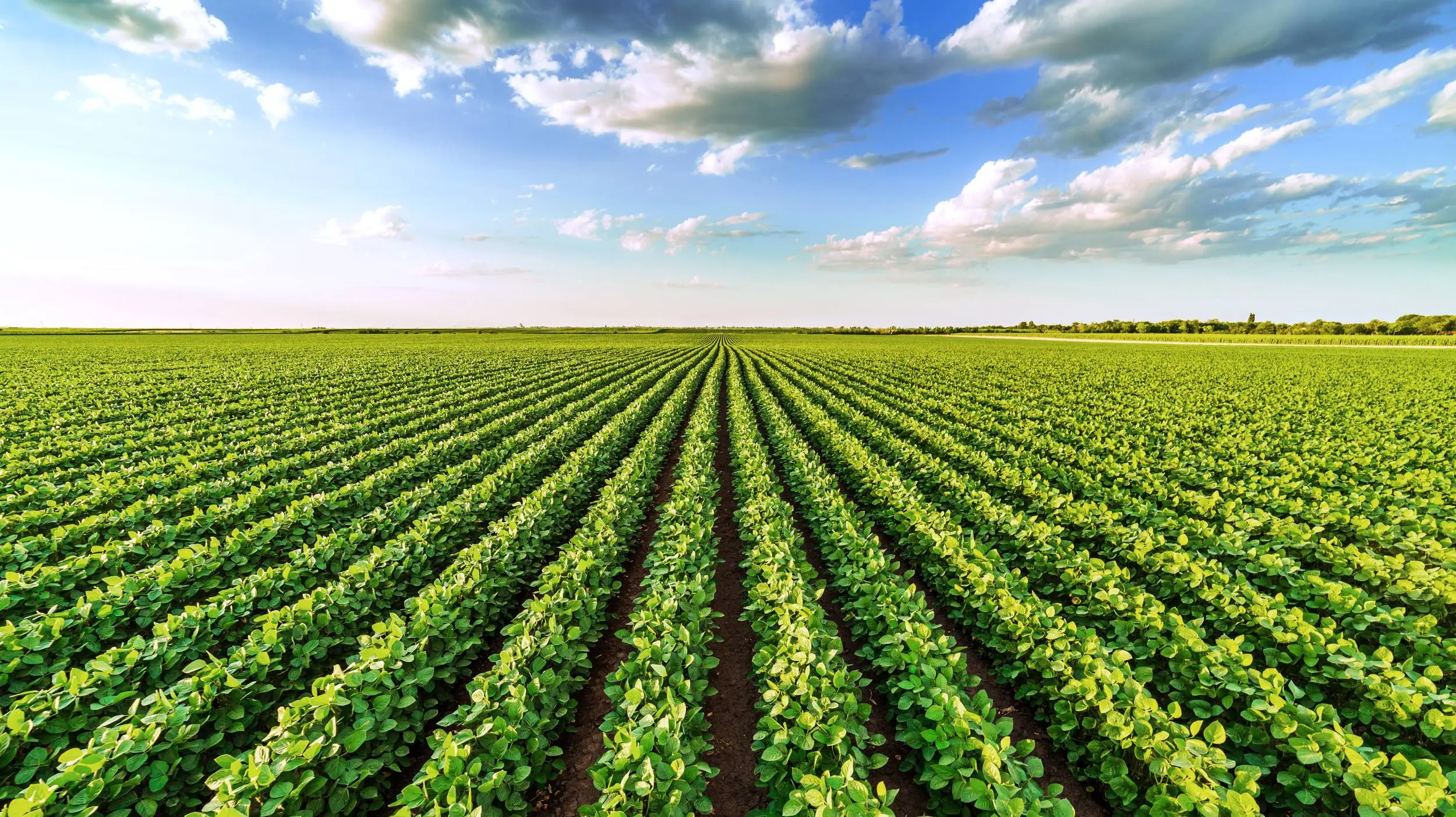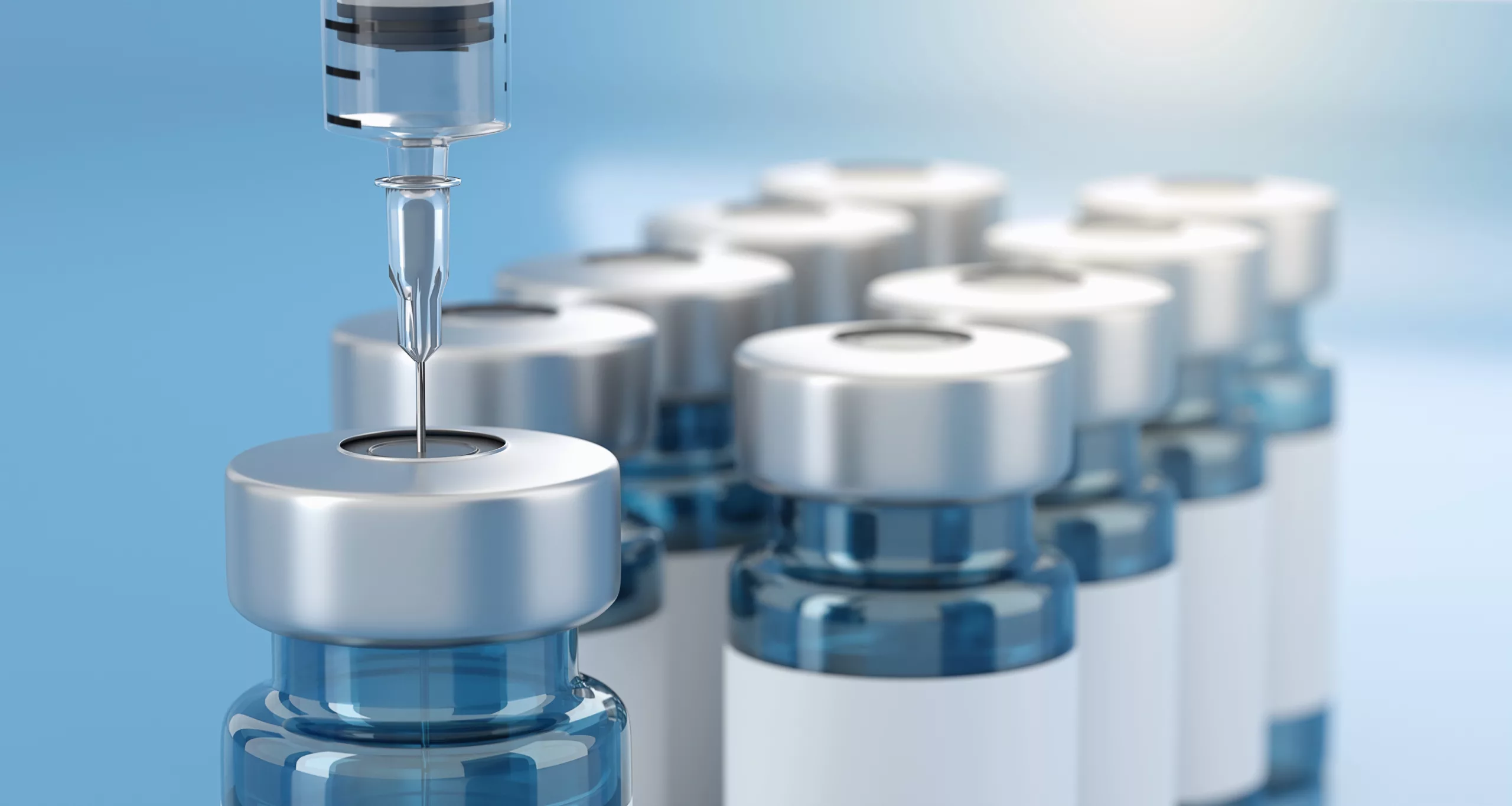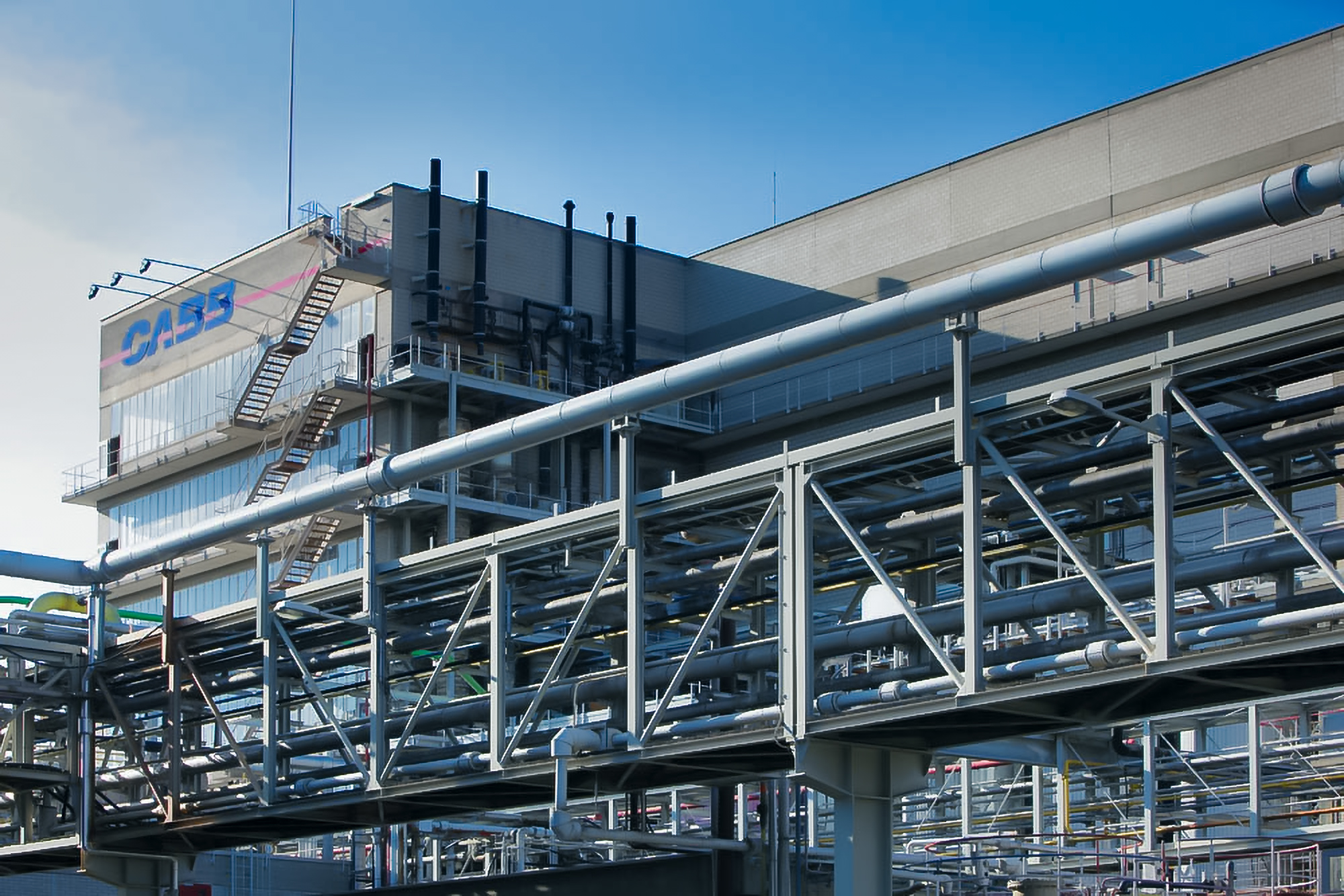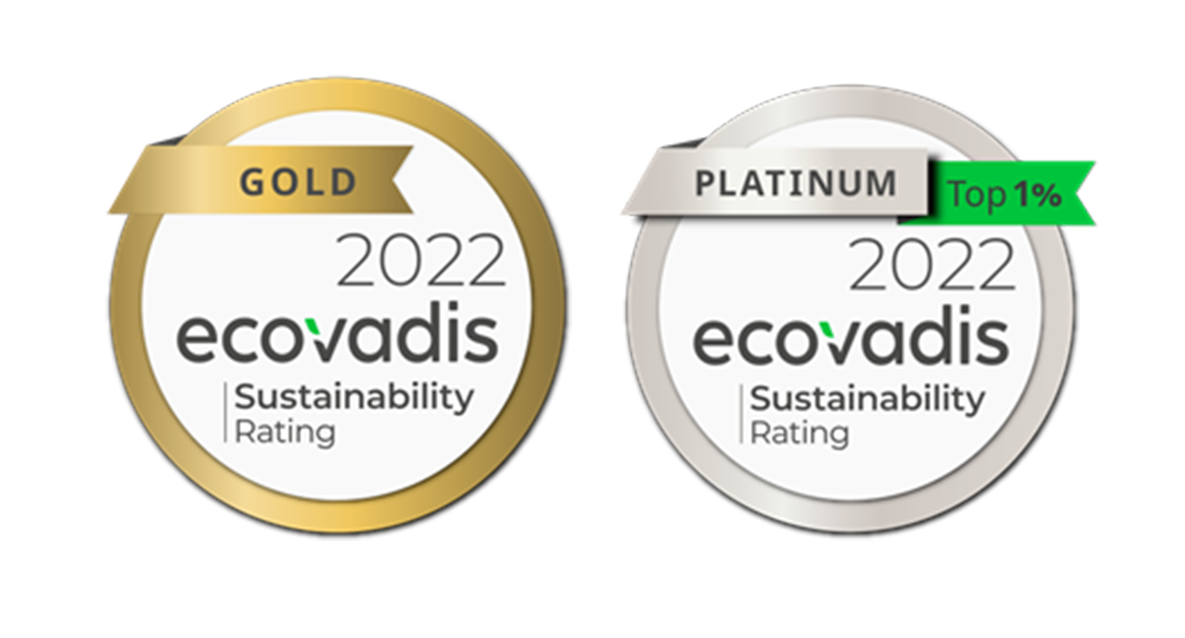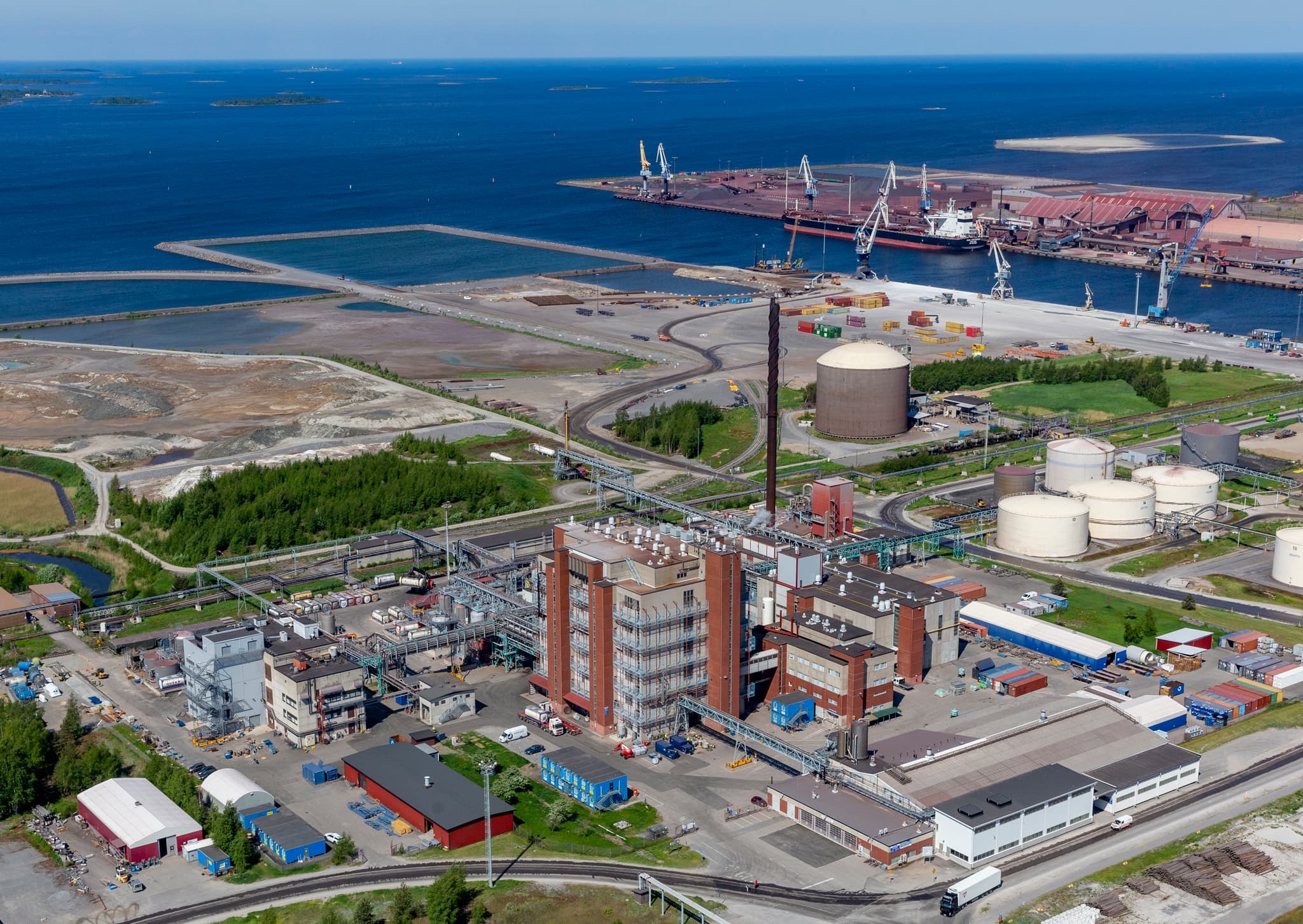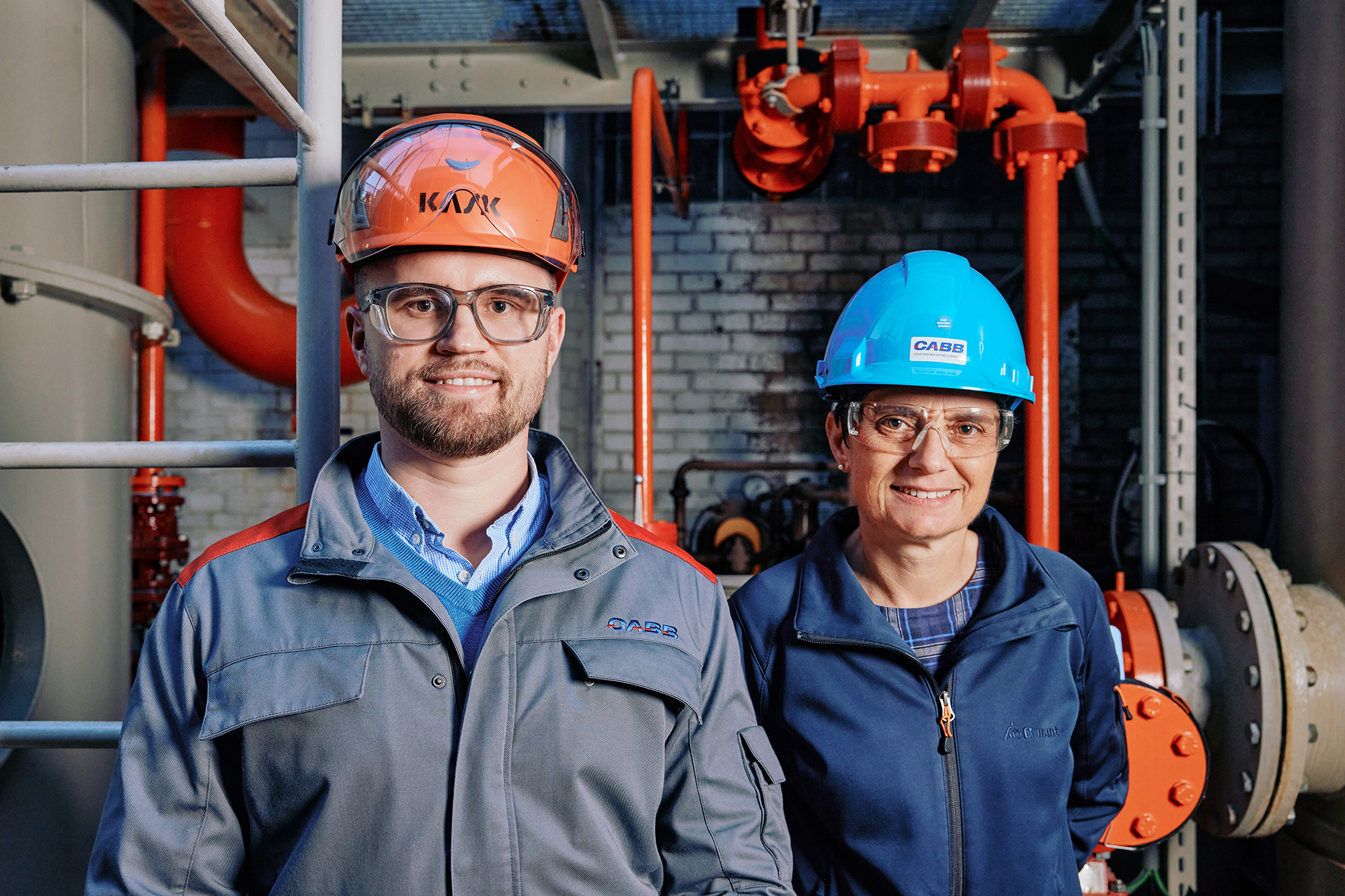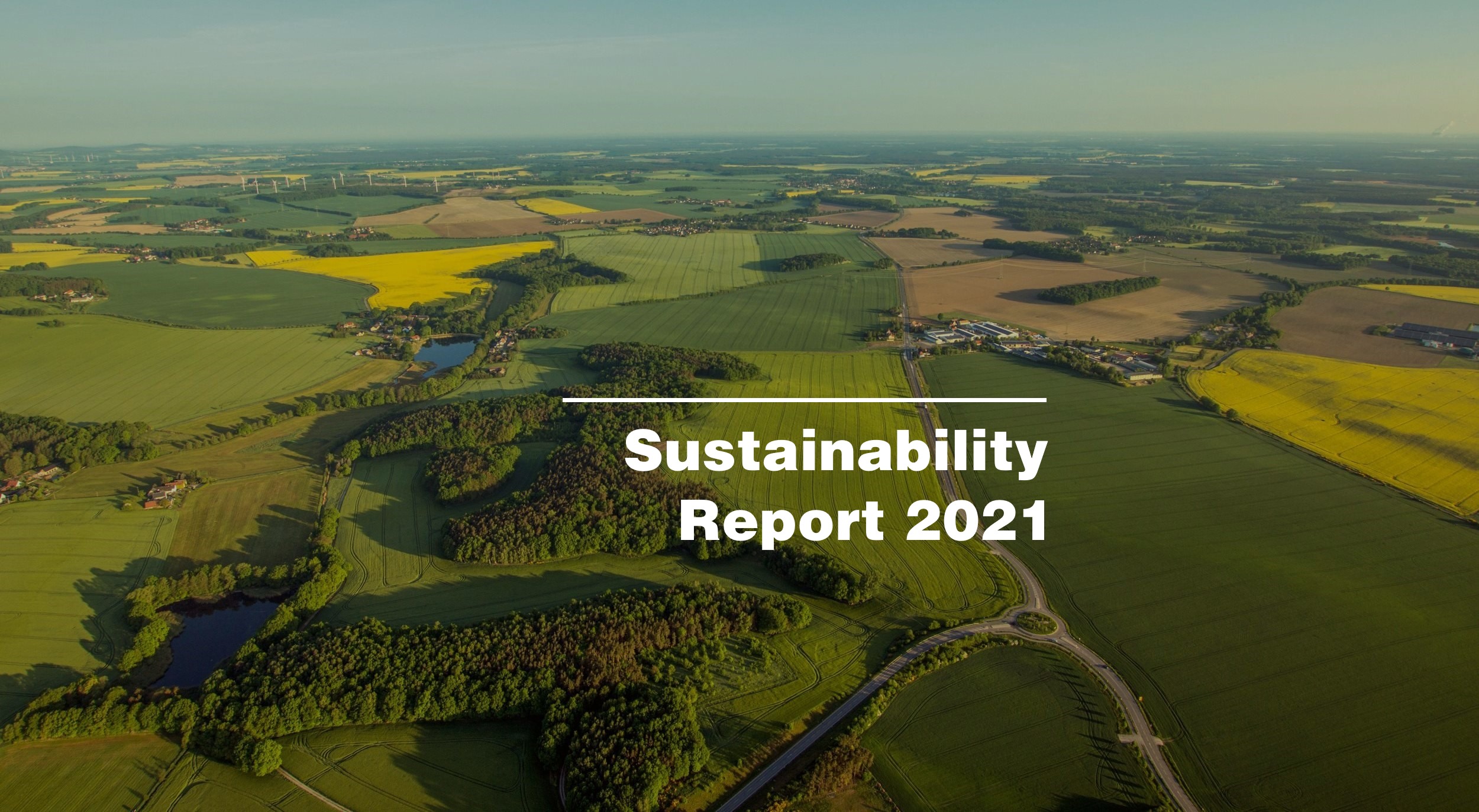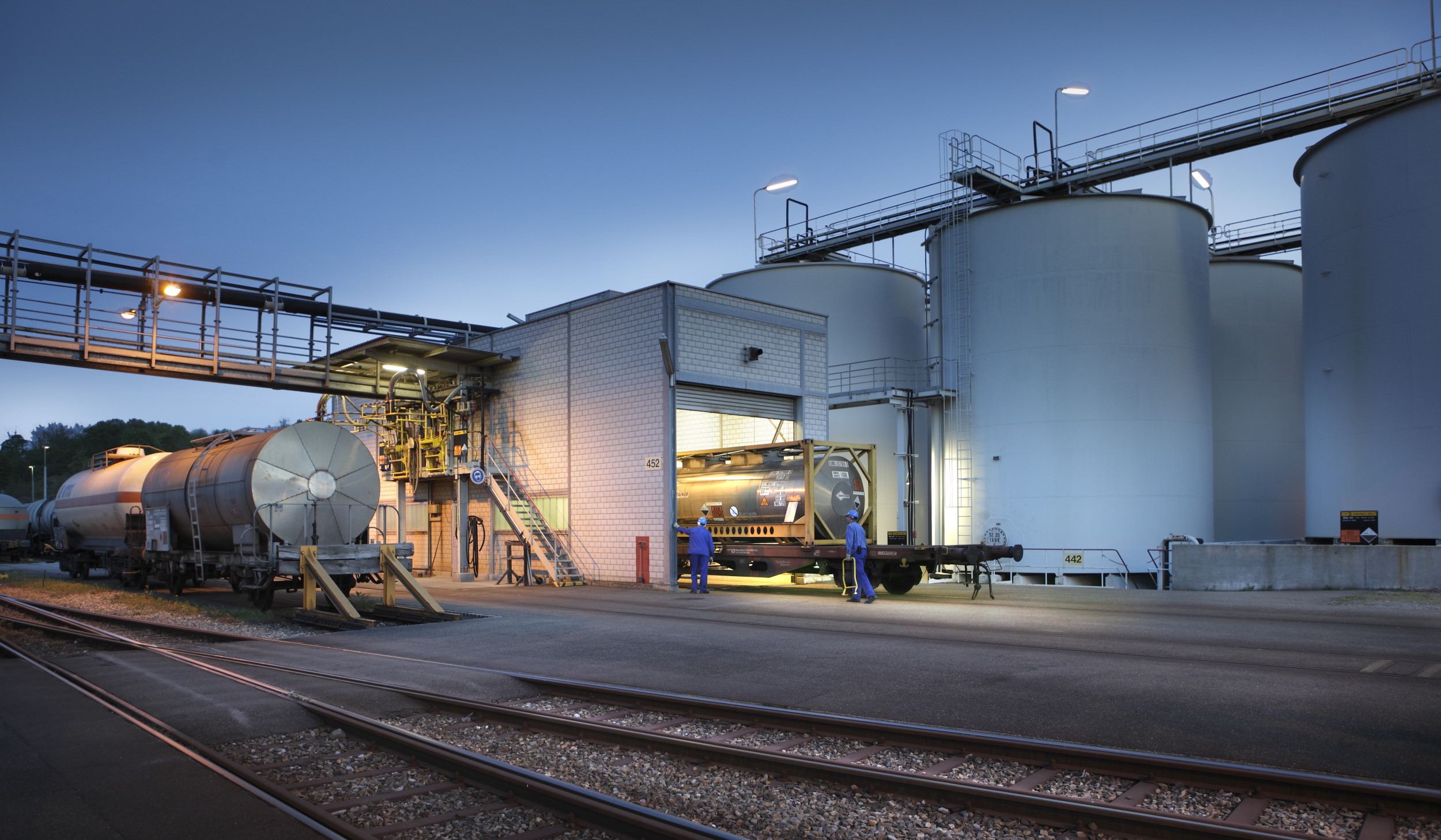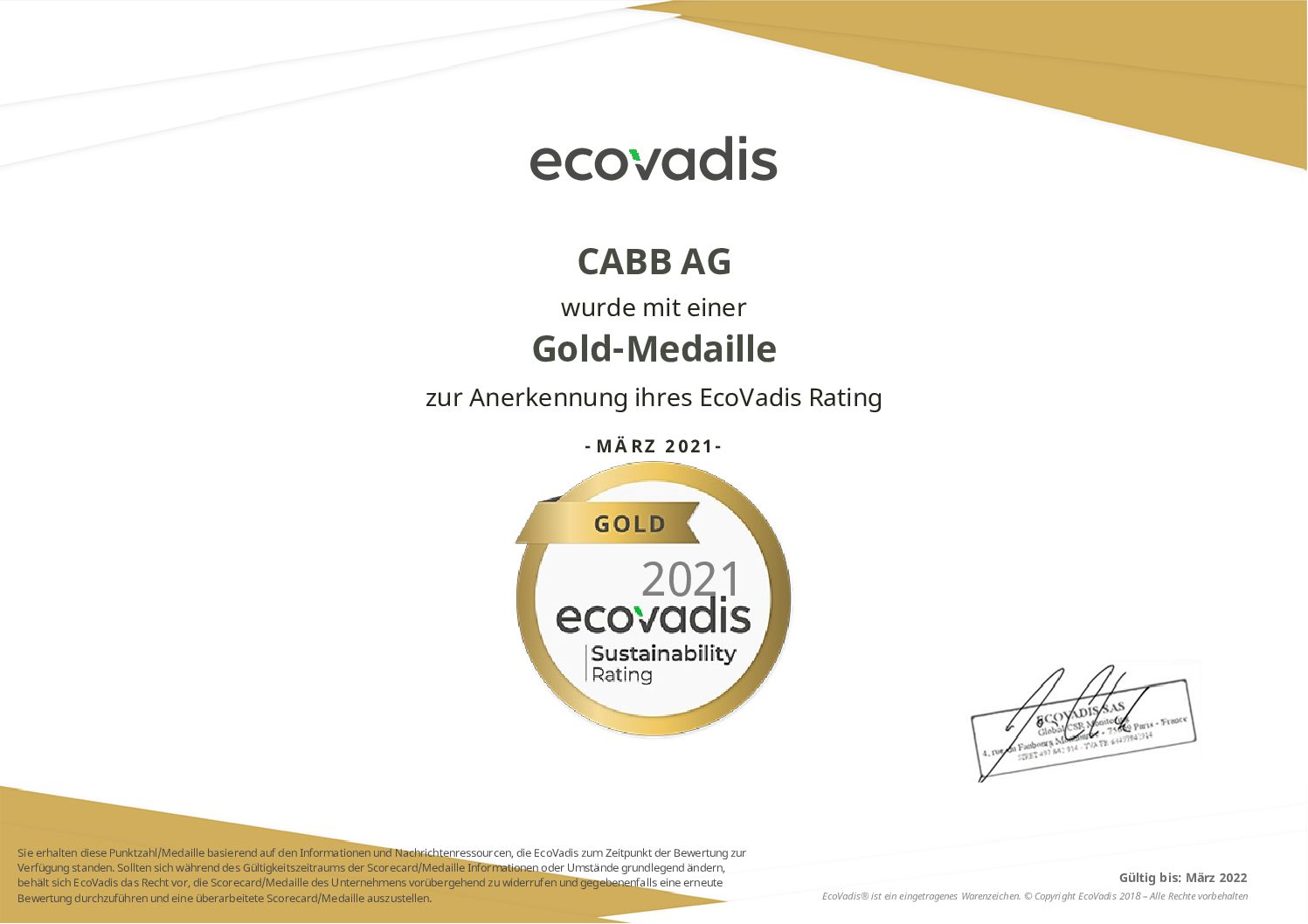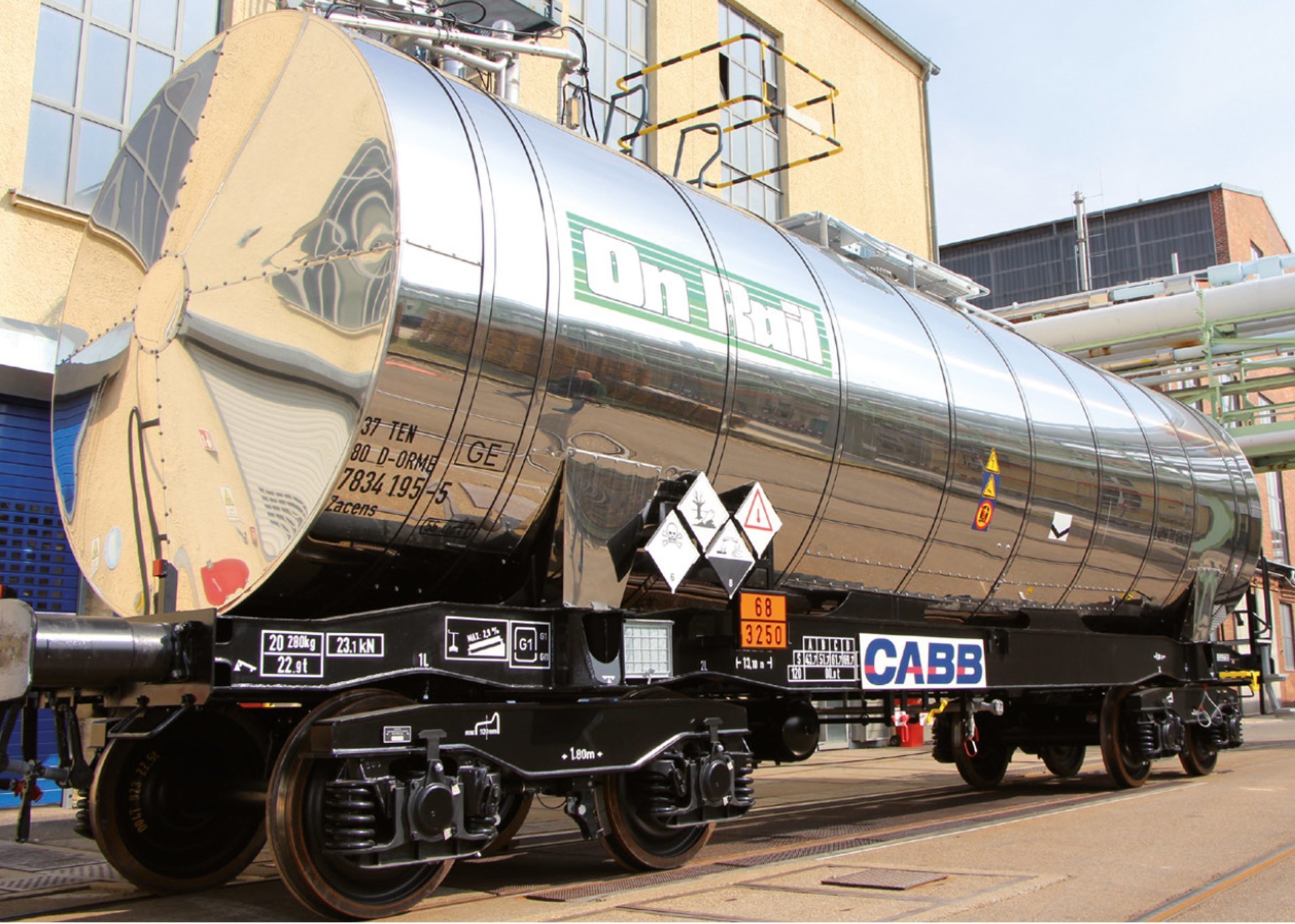CABB – Your Partner in Fine Chemistry
CABB Group is a leading contract development and manufacturing company (CDMO) for starting materials, active ingredients and advanced intermediates. We specialize in the production of customized, highly complex molecules for leading companies, particularly in crop sciences, life sciences and performance materials industry.
CUSTOM MANUFACTURING SERVICES
Serving as an extension of your own operations
CABB Group offers fine chemical custom manufacturing services with a focus on complex, multi-step chemical synthesis. We welcome customers from any industry requiring high-value starting materials, advanced intermediates and active ingredients.
CABB’s track record of service is built upon a foundation of core competencies in fine chemistry and unit operations, joined by an experienced leadership team dedicated to achieving customer success.
FINE CHEMICALS
Reagents, building blocks and advanced intermediates
CABB offers a select portfolio of fine chemicals, serving as starting materials or intermediates for a variety of complex synthesis and formulation projects. Customers rely upon our quality and exacting specifications for multiple downstream applications.
Products are sold on a made-to-order or made-to-demand basis, combining our manufacturing expertise with those of our collaborative sourcing partners. Customers are welcome to provide forecasts and delivery schedules for an easy buying experience.
CABB “is a true innovation partner” and “trouble-free supplier.” They deliver “chemistry that can result in all-new materials to solve problems” in our industry.
CABB’s team is “extremely entrepreneurial and very helpful, with an amazing attitude. We wouldn’t be successful without” them.
CABB’s team “knows what they are doing. They have strong R&D and Engineering groups…that work seamlessly and intertwine.”

